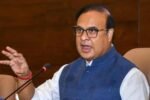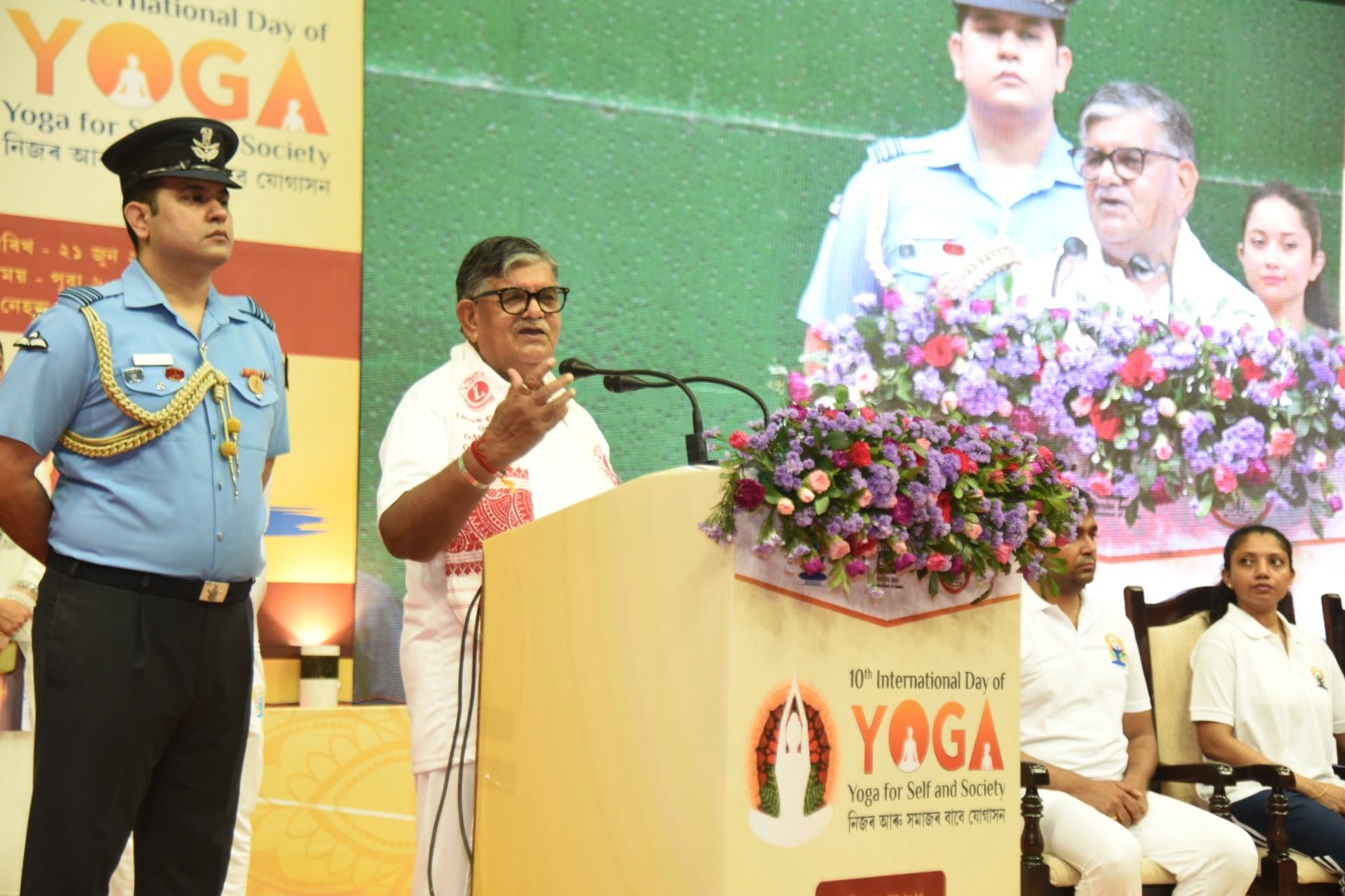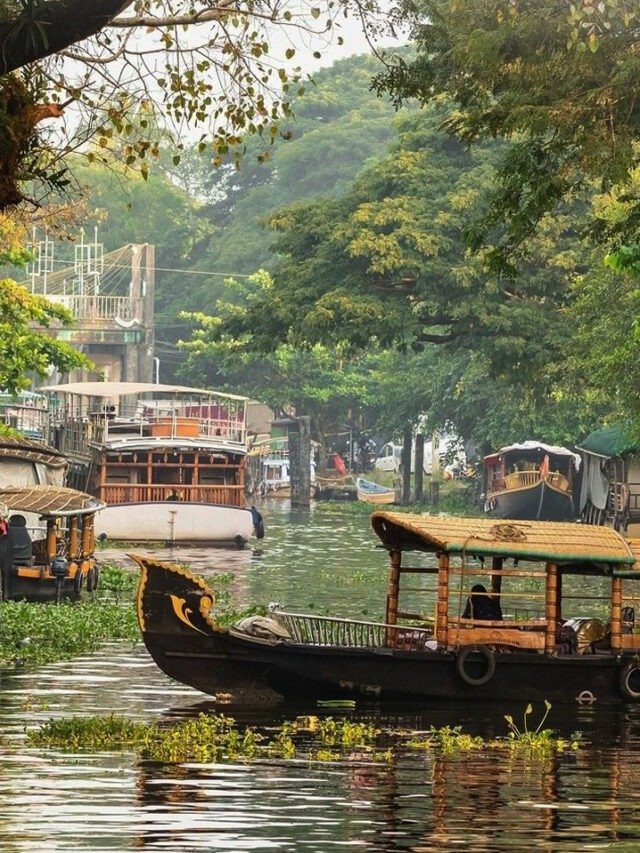HT DIGITAL
GUWAHATI, JUNE 10: The Satra Aayog, established to evaluate the state and status of Satra lands all over Assam, has submitted its interim report to Chief Minister Himanta Biswa Sarma on June 9. Established on November 24, 2021, the commission was headed by MLA Pradip Hazarika and consisted of MLAs Mrinal Saikia and Rupak Sarma.
In two and a half years, the commission covered 126 Satras spread across the state, concentrating on encroachment of land and the dilapidated condition of the ancient cultural centers.
The report, complete with comprehensive findings and suggestions, is a turning point for Assam’s socio-cultural policy. At the submission ceremony, Chief Minister Sarma underscored the seriousness of the situation. “This report highlights the increasing threats to Satra lands because of encroachment. The government will go through the findings carefully and implement the recommendations,” he stated.
In a significant policy decision, Chief Minister announced the setting up of a Permanent Satra Aayog within the current year. This statutory organisation will be given legal powers, financial means, and administrative freedom to look after the interest and safety of Satras. The government is going to table the required bills in the September or February legislative session.
The new Aayog would also prepare a 25-year vision document to conserve, modernize, and reinvigorate the spiritual and cultural heritage of Satra institutions. “We would like to create an institutional framework which will be able to sustain these heritage centers for generations,” Sarma said.
Chief Minister Sarma sounded alarmed about the worsening situation at Satras in districts like Barpeta and Dhubri. He observed that encroachment of land and changes in population have dissuaded pilgrims from attending these religious institutions. “People shy away from going to Satras in these districts because of the atmosphere there. If the BJP government had not taken over, even places like Bordowa Satra would have been left with symbolic presence,” he said.
He also held earlier governments responsible for neglecting the Satras and letting their cultural importance decay. “No previous government seriously attempted to save these institutions. We are the first to take concrete actions to reclaim and restore them,” Sarma said.
The Chief Minister also accused communal tensions being intentionally fanned in pockets around Satra lands. He referred to the building of mosques adjacent to Namghars and beef-eating flaunting in public spaces as efforts to push indigenous Assamese identity to the periphery. “These are not spontaneous acts—these are all deliberate efforts to undermine the cultural harmony that Satras signify,” he said.
Sarma urged the youth of Assam to become actively involved in conserving Satra culture. “Our youth must rediscover the teachings and traditions of the Satras. This heritage can only be conserved through generations’ participation,” he urged. He also requested financially sound and established Satras to come to the aid of small and failing ones, considering that the government cannot aid all 922 Satras in Assam.
Tribute to the legacy of Srimanta Sankardeva and his spiritual heirs, the Chief Minister stressed the long-lasting impact of Neo-Vaishnavism in fashioning Assamese identity. But he pointed out with dismay that numerous Satras have been dwindled to doing nothing but performing minimal ritual practices. “Keeping lamps lit and keeping basic rituals going is not enough. We need to rebuild these institutions to make them reflect the spiritual and cultural heritage of Assam,” he concluded.











